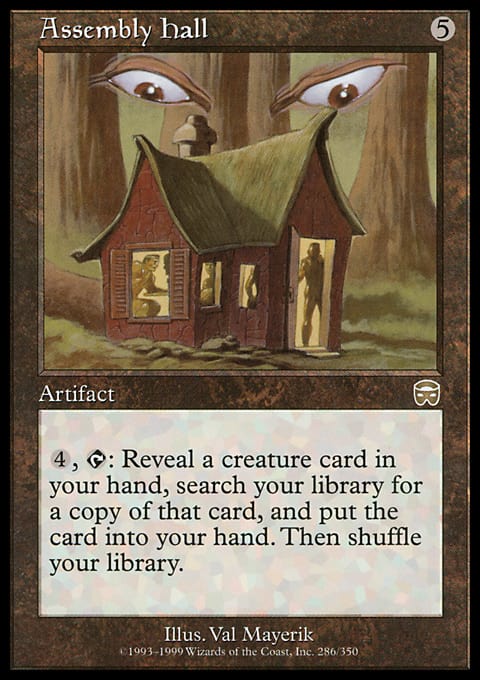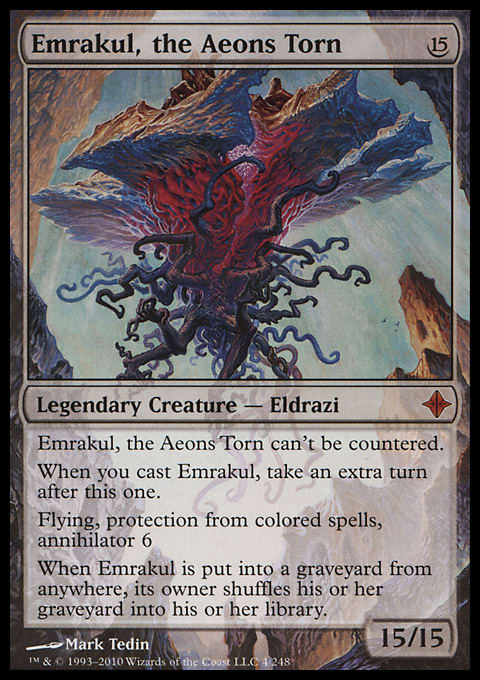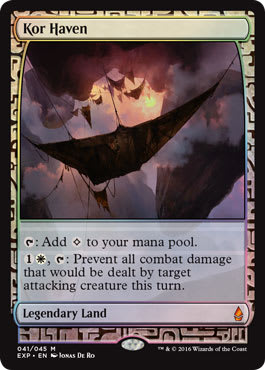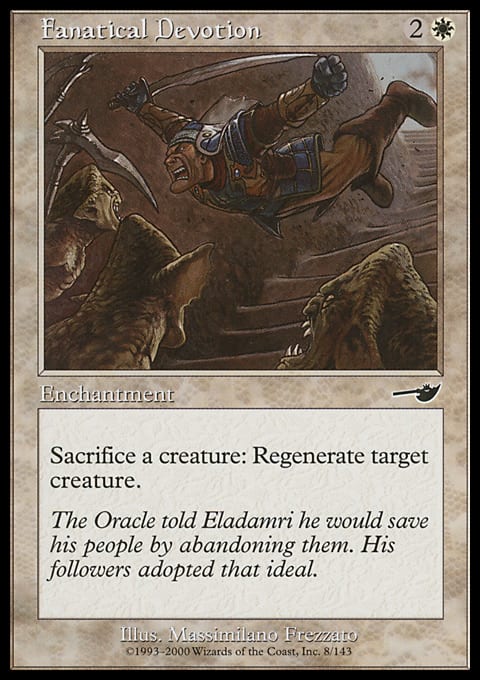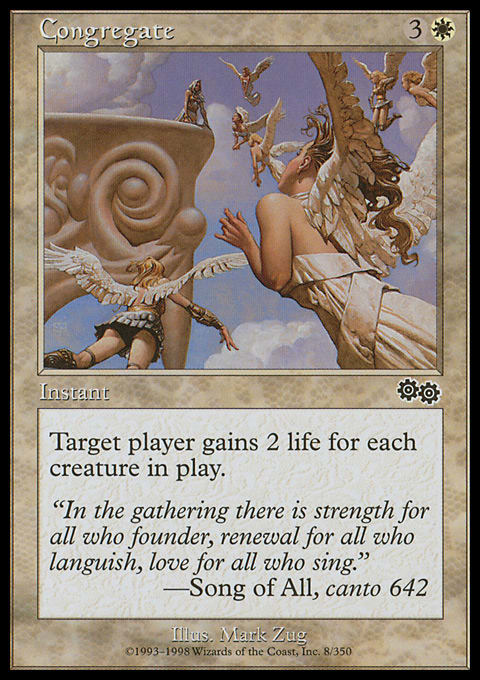Grand Prix Minneapolis, the tournament of over sixteen hundred players, just ended, and two results came out of it: Scapeshift is apparently a deck again, and this Meadery situation isn’t going away.
 What is The Meadery, and how is it different than Mead Hall?
What is The Meadery, and how is it different than Mead Hall?
To explain that, we have to discuss who Ian is. Ian Anderson was a screen-printing owner, a serial entertainment entrepreneur who had an idea. His idea was to utilize space.
While Ian stated that the extra space he had in his tiny basement printmaking shop near Loring Park in downtown Minneapolis could be used to personally obtain wholesale comics for him and friends, he inadvertently disrupted an entire game and hobby store market.
A year and a half ago, Christmastime 2012 or so, he started a comics-oriented side business as a joke. His plan was not to even make money on this business. Hell, there wasn’t even a business plan.
What Ian Anderson and a friend had were all the necessary pieces to build not only a local gaming store, but a brand that would utterly disrupt an entire Magic: The Gathering market in a market of three million people—in less than a year.

The interior of Mead Hall, Image from @MTAcast
Location
Minnesota has an utterly unforgiving winter. We can have −40-degree Fahrenheit winter temperatures, without wind chill, and over 100-degree summers. Part of it is being far enough from the Canadian Rocky Mountains, having us smack in the middle of a jet stream. The other part is being wedged against Lake Superior with over fourteen thousand lakes across our glacier-scraped state.
This creates two things: expanding and contracting roads and the need for snowplows.
Due to our winters, as I am a Minneapolis, MN resident, we have to navigate utterly constant pot-hole-filling from our roads literally falling apart and cracks that even Buzzfeed would appreciate. That’s only in the summer, too. In the winter, snow often falls so rapidly that snowplows cannot clear it fast enough, with sleet (snow and rain mix, mind you) compacting it crazy-hard, forcing snow plows to only clear two to seven feet from the curb. This causes parking restrictions such that you can only park on one side of the street.
In short, parking in Minneapolis or Saint Paul is incredibly difficult—and it’s even more so in the winter.
Afternoon Printing was one of Ian Anderson’s businesses, and he had some extra space in a neighborhood that isn’t really known for parking. Loring Park is an area not necessarily known for much other than that there’s a park, that there’re a lot of condos, and that there’re some incredible restaurants on the edges of it.
One thing it is infamous for is utterly terrible parking.
There are nearly zero parking spots on the street due to people visiting the park or coffee shops, and ramps simply do not exist due to the fact that there are no retail or commercial enterprises in the center—due to the damn park.
Mead Hall, the “store” that Ian Anderson made with Alex Bowes and Eric Haugen, has a total of four dedicated parking spots. They have four spots, in a neighborhood known for terrible parking, in a state with incredibly difficult conditions for both winter and summer parking.
The Mead Hall crew started with a mere two-hundred-square-foot space and could host sixteen people at a Friday Night Magic event. For reasons that basically boil down to, “Well, it looks like an actual Mead Hall with wood floors and candle electric lights, looking all nice,” sixteen people kept showing up to this little comics-and-gaming store with zero advertising other than word of mouth. Rent had to be paid, uncertainty was constant, and, as we all know, gaming stores aren’t in business to become wealthy—profit margins are razor-thin.
“Serendipitous” is how Ian has described it. I tend to agree.
Reality
What Mead Hall did not realize—and that would make their luck—was that all they really needed was preparation with conditions that gave them an incredible opportunity. Ian and company didn’t realize the current state of the Minneapolis gaming-store market. I found a lot more points to showcase why success was possible, but these are the most salient points I came across that could translate to your store, too.
Disgruntled Magic Players
In the Twin Cities, players were looking for a new option. Tournaments weren’t firing at stores due to low attendance. When influxes of new players would descend on a tournament, there was nothing special to return to other than the prize to be won.
Improvement Wanted
Our local market was looking for a store that catered to a more adult audience for improved play. People were annoyed from having to play bad players, teenagers, and uptight players. A laidback gaming environment that felt “right” was definitely a prerequisite for a shifting consumer base. Now, with fifty FNM payers, three or four of them are legitimate professional Magic players.
Rising Wave of Alumni
Minneapolis is no different than the national trend of alumni Magic players coming back to play after long hiatuses. For people who worked in downtown Minneapolis, heading out to a suburb after work really wasn’t an option due to tournaments starting at 6:00 P.M. We have some traffic, and even with no traffic, a trip was annoying at best.
That Fun Tho
Very early on, to keep players happy, they went on Chipotle, pizza, or donut runs for players. They played movies or sports during matches. Mexican Coke is offered as an option at a reasonable price. They shockingly then continued to be decent humans to continue their literal standing offer.
Remembering Players
I’m not sure if they took notes, but from every person I know who “changed stores” in the last few months, they’ve said, “They greet me when I walk in, and they are actually interested in me. They ask me where I’ve been lately and about things relevant to my actual life.”
Complaints as Feedback
Players complained that the airflow wasn’t the best, and the owners asked, “What are we doing wrong; or what can we improve?” Mead Hall listened, and they then fixed the HVAC. Again, our weather hits −20 degrees in the winter and 100 degrees in the summer. You can’t mess around with poor heating or cooling in Minnesota. It just isn’t an option. Instantly fixing it shows investment, and players see that, respect that, and acknowledge that if anything isn’t perfect, the owners will do something about it.
5 for 15
A standing offer of five packs for $15 started as a minor advertising tactic and now has become famous for them. It has utterly made buying a pack at Target or even another store just obsolete. Rarely do people buy packs, but when they do, they know they get a full buck discounted if they’d like. Basically remember a Through the Breach into Emrakul: a mana cost of 5 for 15.
Competitive Pricing
Most decks don’t need new Tarmogoyfs every few weeks or months or even years. What decks need are $.25–$3 cards that constantly change the local metagame. Online stores are great resources that takes condition into effect in placing a value. It’s basically like our insurance exchange where stores can compete with pricing in a market. When a player saves $.99 on shipping, supporting a local store and paying the exact same price makes sense. It is actually wasting your time to save a couple cents on an eBay auction. People buy their singles there.
Mead Hall’s Parking Problem? LOL
That actually prevents teenagers from coming. Teens can’t pay for parking tickets. They don’t have the funds to pay $43 or more for stupidity—a very real amount that adds up when you’re going to FNM events! There is a bus route nearby to Mead Hall, but Loring Park is isolated from the rest of Minneapolis with I-94 acting as a mental barrier for easy access.
Free Pack
Nearly every tournament Mead Hall hosts gives people a free pack for participating. Spend $5, and get a free pack. It encourages people to play different decks—and more decks—and not feel terrible about being whooped some week for trying something new. The feel-bad is nearly zero.
Walking Billboards
As Afternoon Printing is Ian Anderson’s other business, making shirts for people to wear as your advertising is pretty cheap. T-shirts started with a few people wanting them and progressed to being utterly everywhere at our local Grand Prix just a few short days ago. When people like your brand and you have even a mediocre product, people will buy it. When their printing shop makes a pretty good shirt, absolutely people will buy a t-shirt or a zip-up sweatshirt. As more “better” and “older” players go to Mead Hall, the shirts even become a status symbol of being considered a decent player some of the time and being a member of The Meadery at worst.
What’s The Meadery? Well . . .
Gleemax 2.0
The Meadery is basically Gleemax 2.0.

I came back into Magic in 2007. Future Sight was my first prerelease in almost a decade, and I came back in hard. Right around this same time, Gleemax was being rolled out.
Gleemax was pitched as a social network, yes, but also as a gaming portal for online web games, forums, blogs, and more. I know—“web games.” I can hear you thinking of StrongBad and Homestar Runner quotes to yourself now as you think of your old Dragoncourt password.
It was an idea that was literally on point at the time. Despite efforts, it never took off. Twitter existed, as did Facebook and a bajillion other terrible social-media incarnations during this time. None of them could integrate into mobile devices, and they were all in pretty stark competition. Being mediocre or even marginal wasn’t even an option. Were they to have incredible mobile phone integration, it might have worked. Sadly, that came later, though a good user design and seamless integration is still arguable on Facebook apps.
Then, as quickly as Gleemax began, it was to be shuttered. We all made profiles but rarely checked in, and frankly, it just became another forum board instead of a social network.
Then, no one cared.
Now no one even remembers it.
Flash-forward five years, and someone has taken up the torch.
What The Meadery has become is everything Gleemax should’ve been.
The Meadery
 This social network of sorts was originally leased as a social engine, just to see if everyone wanted it. With a hundred percent retention to the idea, they bought source code and started kicking off a community-changing project.
This social network of sorts was originally leased as a social engine, just to see if everyone wanted it. With a hundred percent retention to the idea, they bought source code and started kicking off a community-changing project.
The basic concept is that The Meadery is a store-helping medium. It’s a way for players to have joint experiences and excitement—a little haven of sorts when they aren’t physically in the store. “It helps rural areas stay connected,” was my first comment, and I saw nods of others beginning to understand.
Ian mentioned how you “can’t” post on Facebook that “I pulled a foil Avacyn” without finding some snarky comment from a high-school friend yelling, “Wizard!” at you. Again, Magic isn’t quite geek chic yet.
The biggest benefit it can offer is that people can enter decks and then print them instead of registering a deck at a store. It’s all instantly printable, and the store can see it. You can then subscribe to a store to watch Top 8s and click on actual people, see who they are, comment, and click on cards to literally buy them in seconds. Any gaming store and player can make a profile. It’s all free. It’s what I could see PucaTrade siding with to take chocolate and add peanut butter for an amazing combination.
A typical interaction would go like this:
- Click on a store on TheMeadery.org.
- Look at a recent Modern event Top 8 to see if Scapeshift made it there.
- Check out the sideboard options of local players, who are playing the actual deck you’ll be playing—not an archetype or ideal, the actual deck that you will play against that person.
- Click on cards.
- Be directed to TCGplayer.com and see the instant point of sale. (In the future, this could be directed to a store!)
In doing so, TheMeadery.org can notice users looking at a lot of decklists and to have popups to prompt a player if needed or to say, “We have an event coming up; you should check it out,” that is directly relevant to what the player has been researching. That’s personalization that Wizards simply cannot touch, as the selling of singles is the hard line in the sand they cannot cross. Gleemax could never touch pricing. It also couldn’t be nimble, which The Meadery is doing on a daily basis.
While I can understand that StarCityGames, CoolStuffInc., or ChannelFireball could do this service, too, there isn’t a ton of money to be made to invest, making a homegrown project ideal for this rollout. Since content creation (writer costs) are free thus far, big names have yet to sign on, but content is still posted daily. Usually, things are brief, but writing is improving on a slow and incremental basis.
As soon as The Meadery can figure out how to corral local professional Magic players to write, it will bring the social aspect—that stickiness to a store—to be the glue of high-level content.
I wish them luck, and I’ll offer that if your store is having retention problems, TheMeadery.org is a pretty simple way to fix that problem. A store entered our market of more than three million people, added in a social component, cared, and followed through to utterly decimate market share of at least six other stores. This is a case study that is now closed.
To learn more, contact Ian Anderson and his team at:
Until then,
-Mike













